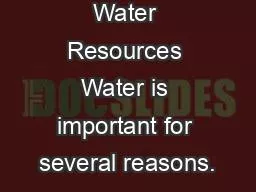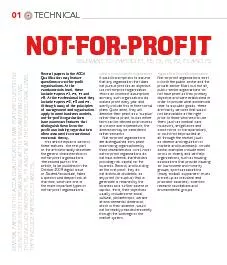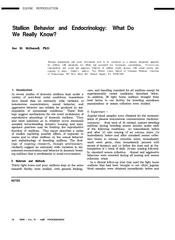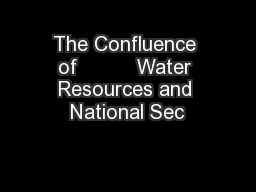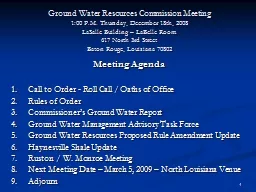PPT-Water Resources Water is important for several reasons.
Author : bikerssurebig | Published Date : 2020-08-26
It keep us alive most organisms are more than 70 water It sculpts the earths surface and moderates the climate Water removes and dilutes wastes and pollutants Importance
Presentation Embed Code
Download Presentation
Download Presentation The PPT/PDF document "Water Resources Water is important for s..." is the property of its rightful owner. Permission is granted to download and print the materials on this website for personal, non-commercial use only, and to display it on your personal computer provided you do not modify the materials and that you retain all copyright notices contained in the materials. By downloading content from our website, you accept the terms of this agreement.
Water Resources Water is important for several reasons.: Transcript
Download Rules Of Document
"Water Resources Water is important for several reasons."The content belongs to its owner. You may download and print it for personal use, without modification, and keep all copyright notices. By downloading, you agree to these terms.
Related Documents

